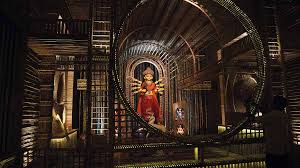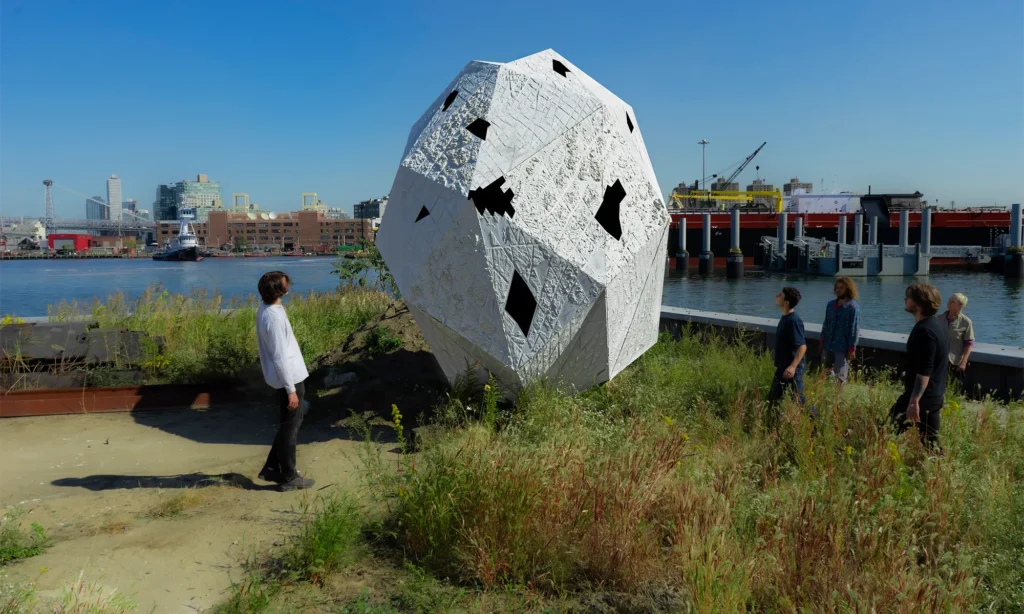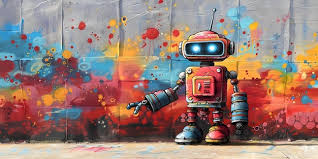
Menu

As the climate crisis intensifies, artists around the world are turning their creativity into a form of ecological activism. Eco-art is more than just beautiful landscapes—it’s a movement that uses visual storytelling to raise awareness, provoke thought, and inspire change.
Many eco-artists work with sustainable or recycled materials—plastic waste, e-waste, fallen leaves, or even natural dyes. Their choice of medium becomes part of their message. A sculpture made from ocean trash isn’t just art; it’s a stark reminder of our pollution problem.
Others create site-specific installations in forests, deserts, or coastlines, allowing nature to be both canvas and collaborator. These works often decompose over time, symbolizing impermanence and ecological cycles. It’s art that lives and dies with nature.
Performance art is another rising trend, where the artist’s body becomes part of the statement—whether submerged in polluted rivers or wrapped in discarded plastic. These visual acts demand emotional engagement from the audience.
Eco-art also finds a home in urban settings, through murals, graffiti, and community-driven projects that highlight sustainability. Artists often work with NGOs, scientists, and local communities, blurring the lines between art and activism.
In a time when facts often fall flat, eco-art speaks to hearts. It brings urgency, empathy, and beauty to the environmental conversation—making it not just about data, but about connection. For many creatives today, saving the planet begins with a brushstroke.



